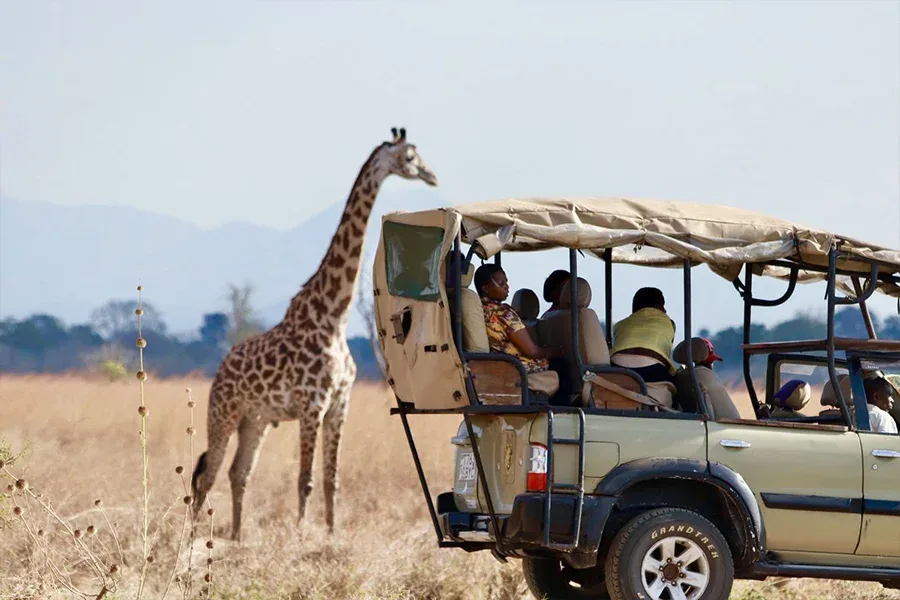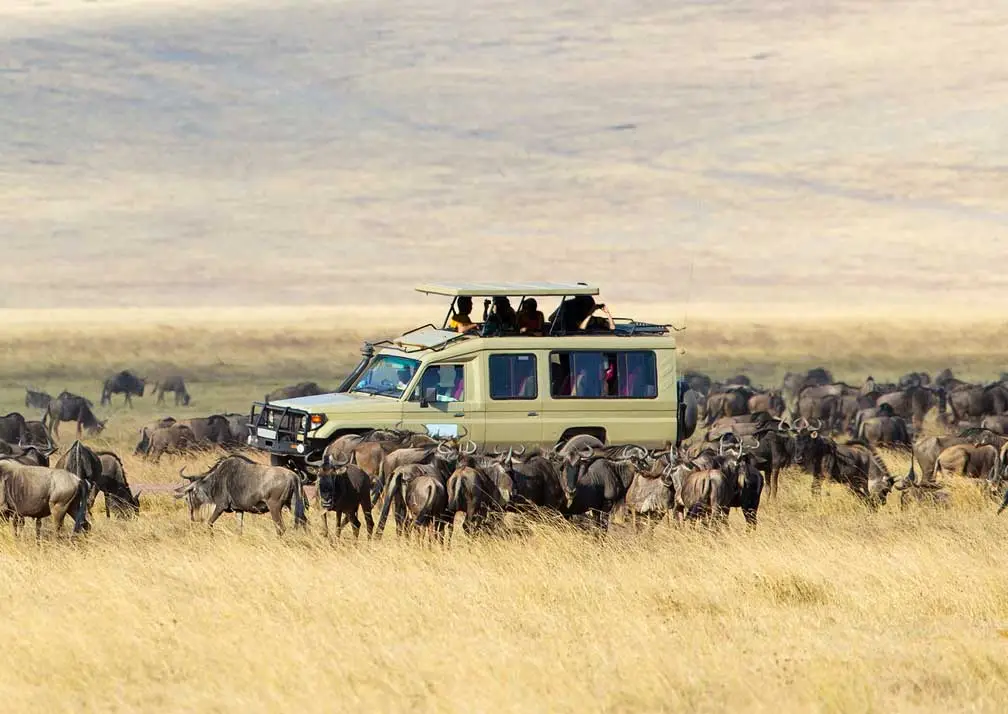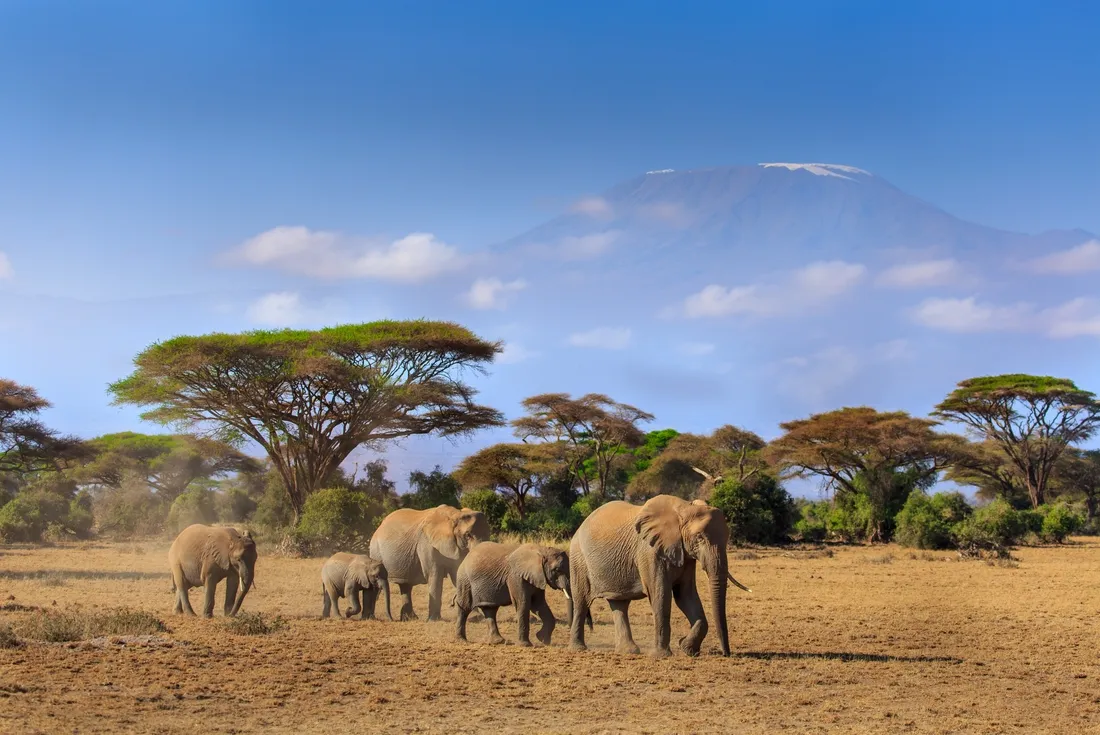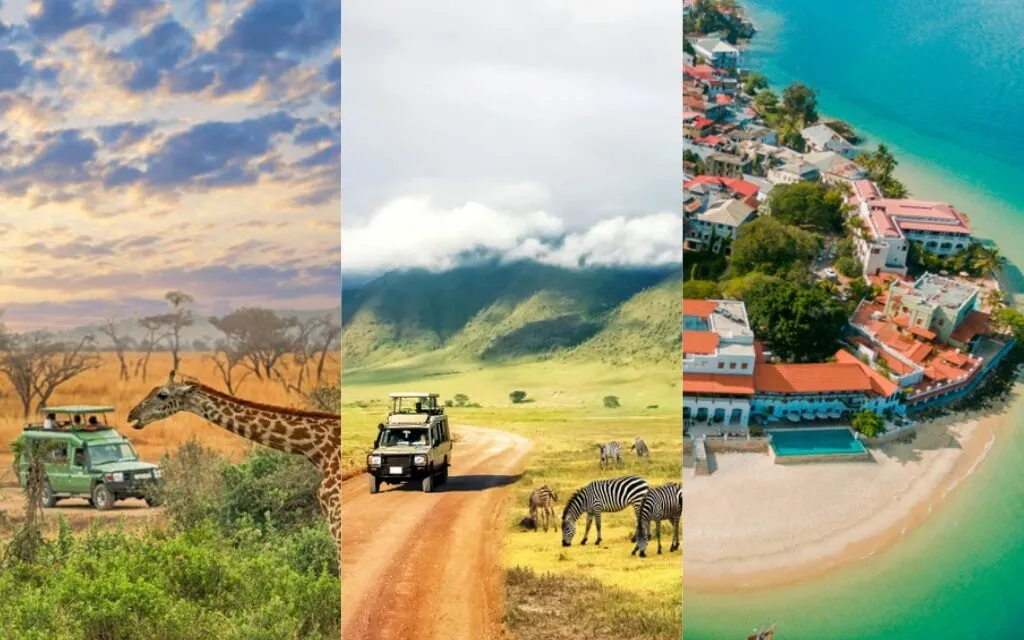Best Time to Go on Safari in Tanzania: Ultimate Guide
The best time to go on safari in Tanzania depends on what you want to see and experience. The dry season, from June to October, offers the easiest wildlife viewing as animals gather around water sources, while the wet season, from November to May, brings lush landscapes, fewer tourists, and dramatic bird migrations. Consider your preferred weather, park conditions, and wildlife activity when planning your trip. This is a comprehensive guide on the best times to go on safari in Tanzania, designed to help you plan an unforgettable wildlife adventure with Capable Africa Tours.
Plan Your Safari Now
Why Timing Matters for Your Tanzania Safari
Timing your Tanzania safari can make a big difference in what you see and experience. Consider the dry season (June to October) for easier wildlife viewing, as animals gather around water sources and the terrain is more accessible. The wet season (November to May) offers lush landscapes, fewer tourists, and opportunities to see newborn animals, but some roads may be challenging. Plan your safari according to the wildlife and scenery you want to prioritize, and book early to secure the best lodges and guides. Below, we break down the seasons, wildlife highlights, and park-specific recommendations to help you choose the perfect time.
Key Factors to Consider
- Wildlife Viewing: Dry season (June–October) concentrates animals around water sources, making them easier to spot.
- Great Migration: July–September for river crossings; January–February for calving season in the Serengeti.
- Weather: Dry seasons offer clear skies and comfortable temperatures (60–85°F); wet seasons bring lush landscapes but muddy roads.
- Crowds and Costs: Peak season (June–October) is busier and pricier; wet season offers fewer crowds and lower rates.
- Birdwatching: Wet season (November, March–May) attracts migratory birds, ideal for bird enthusiasts.
Seasonal Breakdown for Tanzania Safaris
Tanzania has two main seasons dry and wet each offering unique safari experiences. Dry season (June–October) is ideal for spotting wildlife, as animals gather around water sources. Short rains (November–December) bring lush scenery and fewer tourists, though some roads may be muddy. Long rains (March–May) see most lodges closed, but the landscape is vibrant and birdwatching peaks. Shoulder months (January–February) offer a mix of green scenery and good game viewing. Here’s a detailed look at what each season brings, with data to guide your decision.
Dry Season (June–October)
The dry season is the most popular time for safaris, offering excellent wildlife visibility and comfortable weather. Animals gather around rivers and waterholes, making game drives with Capable Africa Tours highly rewarding.
- Weather: Sunny, 60–85°F, minimal rain.
- Wildlife: High concentration of animals (lions, elephants, zebras) at water sources; Great Migration river crossings (July–September) in Serengeti.
- Pros: Clear trails, vibrant game drives, ideal for photography.
- Cons: Higher crowds, premium pricing ($500–$800/day).
Short Dry Season (January–February)
This period is perfect for witnessing the Great Migration’s calving season in the southern Serengeti, with fewer crowds than June–October.
- Weather: Warm, 65–90°F, occasional light rain.
- Wildlife: Over 500,000 wildebeest calves born; predators like cheetahs and hyenas active.
- Pros: Great Migration calving, moderate crowds, clear views.
- Cons: Slightly unpredictable weather, higher costs than wet season.
Wet Season (March–May, November)
The wet season transforms Tanzania into a lush paradise, ideal for birdwatching and budget travelers, though wildlife is harder to spot due to dense vegetation.
- Weather: Frequent rain, 70–90°F, muddy roads.
- Wildlife: Migratory birds (e.g., flamingos at Lake Manyara), fewer large mammals visible.
- Pros: Lower costs ($300–$500/day), fewer tourists, vibrant landscapes.
- Cons: Slippery trails, limited visibility, some lodges close.
Seasonal Data Table
| Season | Months | Weather | Wildlife Highlights | Crowds | Cost (per person/day) |
|---|---|---|---|---|---|
| Peak Dry | Jun–Oct | Sunny, 60–85°F | River crossings, Big Five | High | $500–$800 |
| Short Dry | Jan–Feb | Warm, 65–90°F | Calving season, predators | Moderate | $400–$700 |
| Wet | Mar–May, Nov | Rainy, 70–90°F | Birdwatching, lush scenery | Low | $300–$500 |
Best Parks and Their Seasonal Highlights
Tanzania’s national parks each offer unique experiences, and the best time to visit depends on the park. Here’s a guide to help you plan with Capable Africa Tours.
Serengeti National Park
Best Time: June–October (river crossings), January–February (calving season).
- Highlights: Great Migration (1.5 million wildebeest, 200,000 zebras), Big Five, vast savannahs.
- Why Visit: Iconic for dramatic wildlife movements; 80% of visitors report seeing lions and cheetahs in dry season.
Ngorongoro Crater
Best Time: Year-round, with June–October optimal for clear views.
- Highlights: Dense wildlife (25,000 animals in 260 km²), including rhinos, lions, and flamingos.
- Why Visit: Compact area ensures high wildlife sightings; 95% chance of seeing the Big Five.
Tarangire National Park
Best Time: June–October for elephant herds.
- Highlights: Largest elephant population (3,000+), baobab trees, diverse birdlife.
- Why Visit: Less crowded than Serengeti, ideal for elephant lovers.
Lake Manyara National Park
Best Time: November–May for birdwatching, June–October for general wildlife.
- Highlights: Flamingos, tree-climbing lions, 400+ bird species.
- Why Visit: Compact park with diverse ecosystems, perfect for half-day visits.
Witness Tanzania’s Wildlife in Action
Experience the thrill of a Tanzania safari with Capable Africa Tours. Watch this video showcasing the Great Migration, Big Five sightings, and stunning landscapes of Serengeti and Ngorongoro.
Planning and Packing for Your Safari
When planning and packing for your safari, focus on versatile, lightweight clothing in neutral colors to blend with wildlife and the environment. Bring layers for fluctuating temperatures, from warm mornings to hot afternoons and cool evenings. Don’t forget essentials like a wide-brimmed hat, sunglasses, comfortable walking shoes, and insect repellent. Pack binoculars, a camera, and a daypack for excursions. Below is a comprehensive guide to planning and packing for your safari, designed to cover all essentials for a smooth and enjoyable adventure with Capable Africa Tours.
Packing Checklist
- Clothing: Neutral-colored long-sleeve shirts, pants, and a lightweight fleece (60–90°F).
- Accessories: Wide-brimmed hat, UV400 sunglasses, SPF 50+ sunscreen, insect repellent.
- Equipment: Binoculars (8x42 recommended), camera with zoom lens (200mm+), extra batteries.
- Other: Reusable water bottle, daypack (20–30L), personal medications.
Travel Tips
- Visa: Most visitors need a Tanzania tourist visa ($50–$100), obtainable online or on arrival.
- Vaccinations: Yellow fever vaccine required if coming from endemic areas; malaria prophylaxis recommended.
- Currency: Tanzanian Shilling (TZS), but USD widely accepted; carry small bills for tips ($10–$20/day for guides).
- Safety: Follow guide instructions; avoid walking alone in parks.
Costs and Inclusions with Capable Africa Tours
A Tanzania safari with Capable Africa Tours ranges from $200–$400 per person per day, depending on lodging (budget camping to luxury lodges), group size, and itinerary length. Our packages are all-inclusive for a hassle-free adventure.
What’s Included
- National park fees ($50–$100/day per park).
- Expert guides and 4x4 safari vehicles with pop-up roofs.
- Meals (full board), purified water, and camping/lodge accommodations.
- Airport transfers from Kilimanjaro International Airport.
- Safety measures, including first aid kits and emergency plans.
Additional Costs
- International flights ($800–$1,500).
- Travel insurance (covering medical evacuation).
- Tips for guides and drivers ($10–$20/day).
- Optional activities (hot air balloon rides, $500–$600).
Ready for Your Tanzania Safari Adventure?
Join Capable Africa Tours for a tailor-made safari experience. Witness the Great Migration, spot the Big Five, and explore Tanzania’s iconic parks with expert guides. Book now to secure your spot!
- Customized itineraries for Serengeti, Ngorongoro, and more.
- Expert guides with 10+ years of safari experience.
- All-inclusive packages with meals and transfers.
- Eco-friendly tours supporting local communities.
- Combine with Kilimanjaro or Zanzibar for a complete adventure.
Limited spots for peak season safaris—book now with Capable Africa Tours!
Plan Your Safari Now


